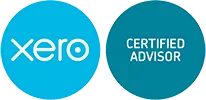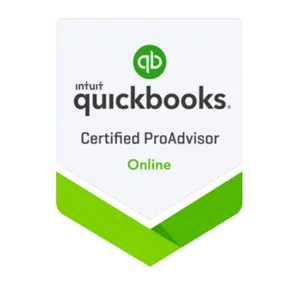OUR BLOG
Your hub for insightful and actionable content to help you unlock the potential of your business.

Mileage Tracking for Canadian Proprietors: Making It Easy and Efficient
This one is for all you proprietors working hard to stay up to date with your paperwork. Today, we're diving into the world of mileage tracking. It may sound a bit mundane, but trust me, getting this right can save you a lot of headaches (and cash!) when it comes to taxes and expenses. We're here to break it down and make it super simple for you.
Understanding Mileage Tracking
First things first, let's talk about what mileage tracking is all about. Simply put, it's keeping a log of the kilometres you drive for business purposes. Why bother, you ask? Well, the Canada Revenue Agency (CRA) allows you to deduct these business travel expenses from your taxes. This means you could be paying less tax at the end of the year!
What Should Be Included
Your mileage log should include a few key details:
Date of the trip
Destination
Purpose of the trip
Distance covered
Rules and Guidelines
The CRA has specific rules for what counts as business driving. This includes trips to meet clients, travel between job sites, and errands for business supplies. However, commuting from home to your regular workplace? That's a no-go for deductions.
Tips to Make Mileage Tracking Easy
Start with the Odometer: At the beginning of the year, jot down your vehicle's odometer reading. Do the same at the end of the year. This gives you the total distance travelled, helping you calculate the business portion.
Use a Mileage App: There are tons of apps out there that make mileage tracking as easy as pie. Just start the app when you begin your trip, and it does the rest for you. PRO TIP: If you have Office 365 Business Premium – MileIQ is included.
Regular Updates: Update your log regularly. Trying to remember all your trips at the end of the year is like trying to recall what you had for dinner last Tuesday – not fun!
Keep It Honest: Only claim what's legitimate. Stretching the truth might sound tempting, but it's not worth the risk with the CRA.
Automate Where Possible: Some apps can even integrate with your calendar or contacts, automatically categorizing trips to known clients or job sites.
Consistency is Key: Use the same method throughout the year to avoid discrepancies. Stick to either actual expenses or the standard mileage rate.
What About the CRA Mileage Rate?
Each year, the CRA sets a standard mileage rate. For 2024, it's 70 cents per km for the first 5,000 kilometres driven and 64 cents for each additional kilometre. In the territories, it's slightly higher. Remember, if your employer reimburses you at or below these rates, it's tax-free!
Is Mileage Allowance Taxable?
If you're reimbursed above the CRA's rates, it's considered taxable income. Keep this in mind when setting up reimbursements in your business.
Special Tips for Proprietors
Know Your Industry: Some industries have specific allowances or rates. Check if there's something specific for your field.
Separate Personal and Business: Use a different vehicle for business if possible. It makes tracking much simpler.
Regular Reviews: Periodically review your mileage log to ensure it's up-to-date and accurate.
Documentation: Keep all related receipts – gas, maintenance, insurance – as they can be handy for your records and tax deductions.
In Closing
Mileage tracking might not be the most exciting part of running a business, but it's one of the smart ones. By keeping a detailed log and following these tips, you can make the most of your mileage deductions and keep the taxman happy.
Remember, staying organized and consistent with your tracking can lead to significant savings. So, grab your keys, start that engine, and let's make mileage tracking a breeze this year!
Need More Help?
If mileage tracking still feels overwhelming, don't sweat it! We’re here to help.
Whether it's setting up a system, understanding the rules, or even handling your bookkeeping, we've got your back. Feel free to reach out – we love turning these complicated tasks into easy wins for businesses like yours!






